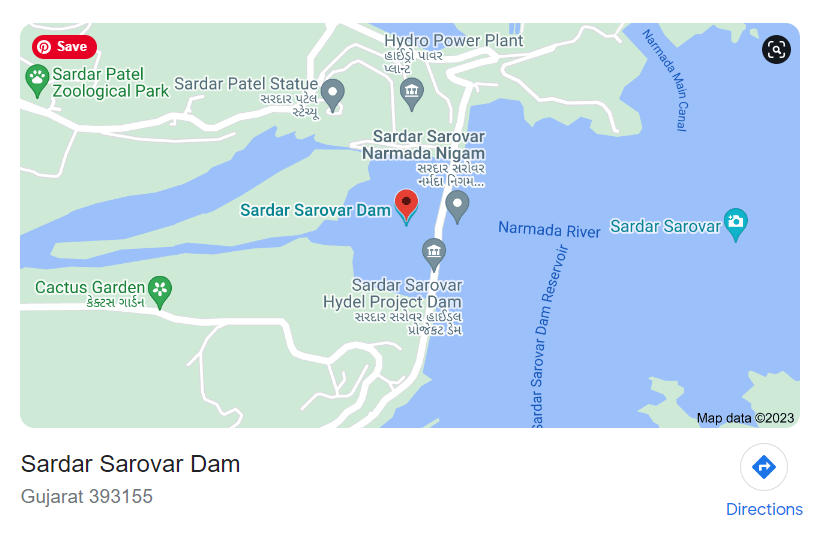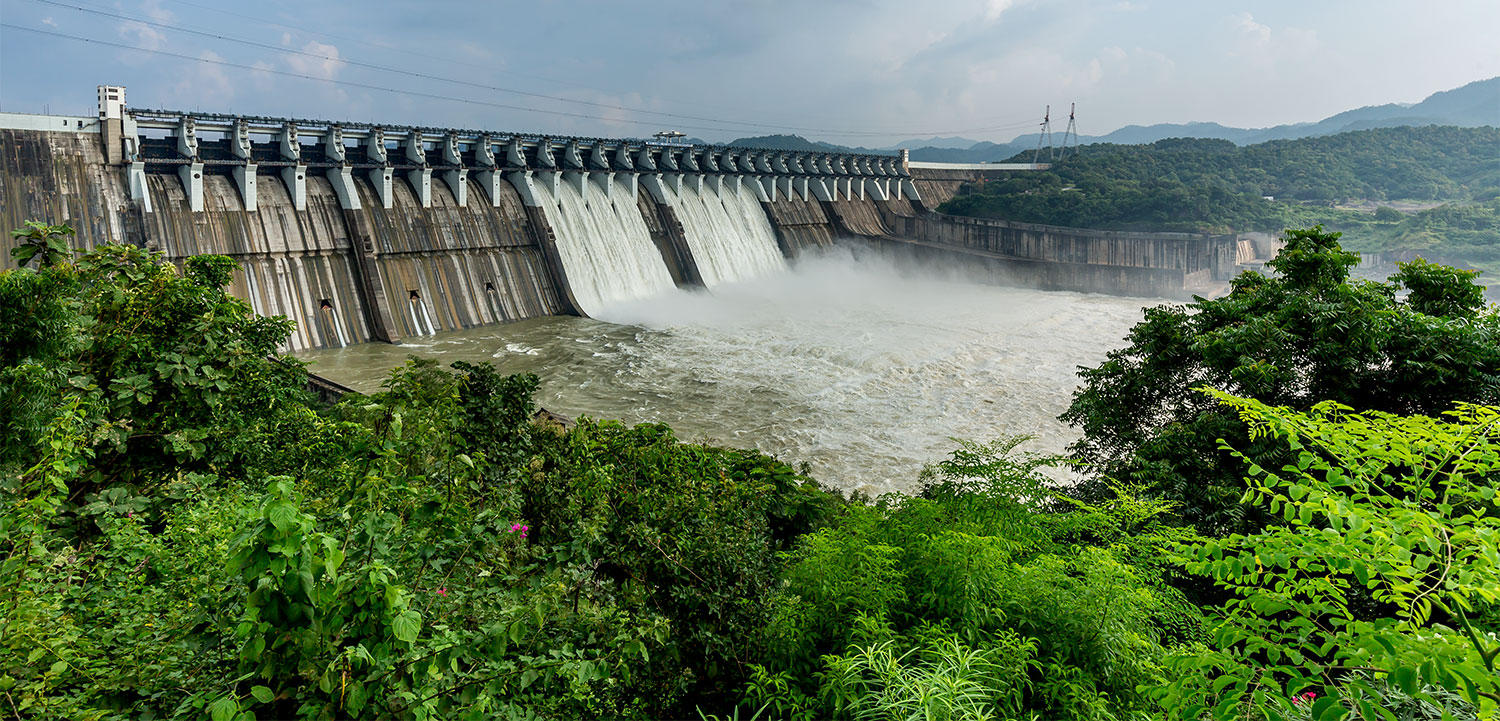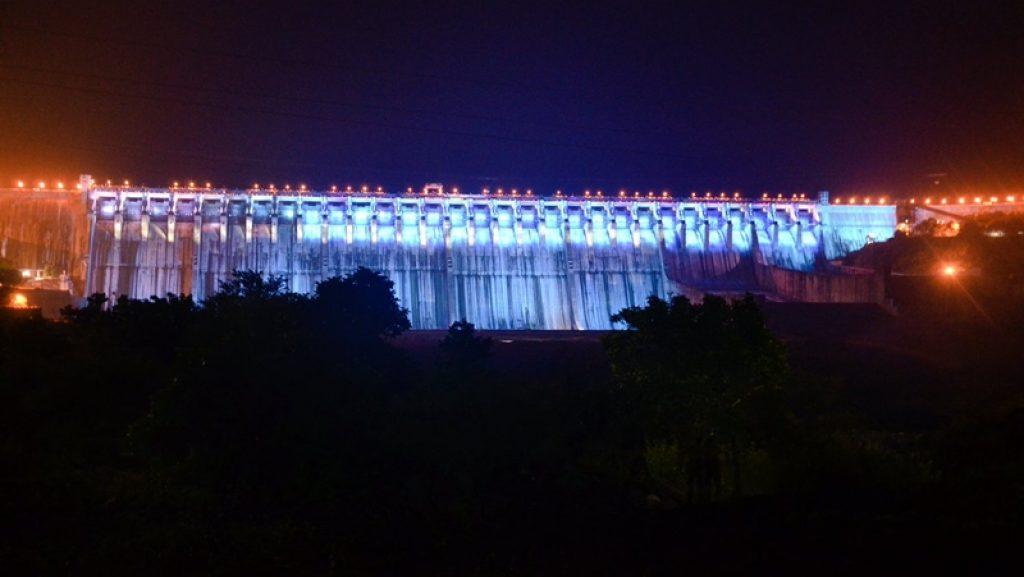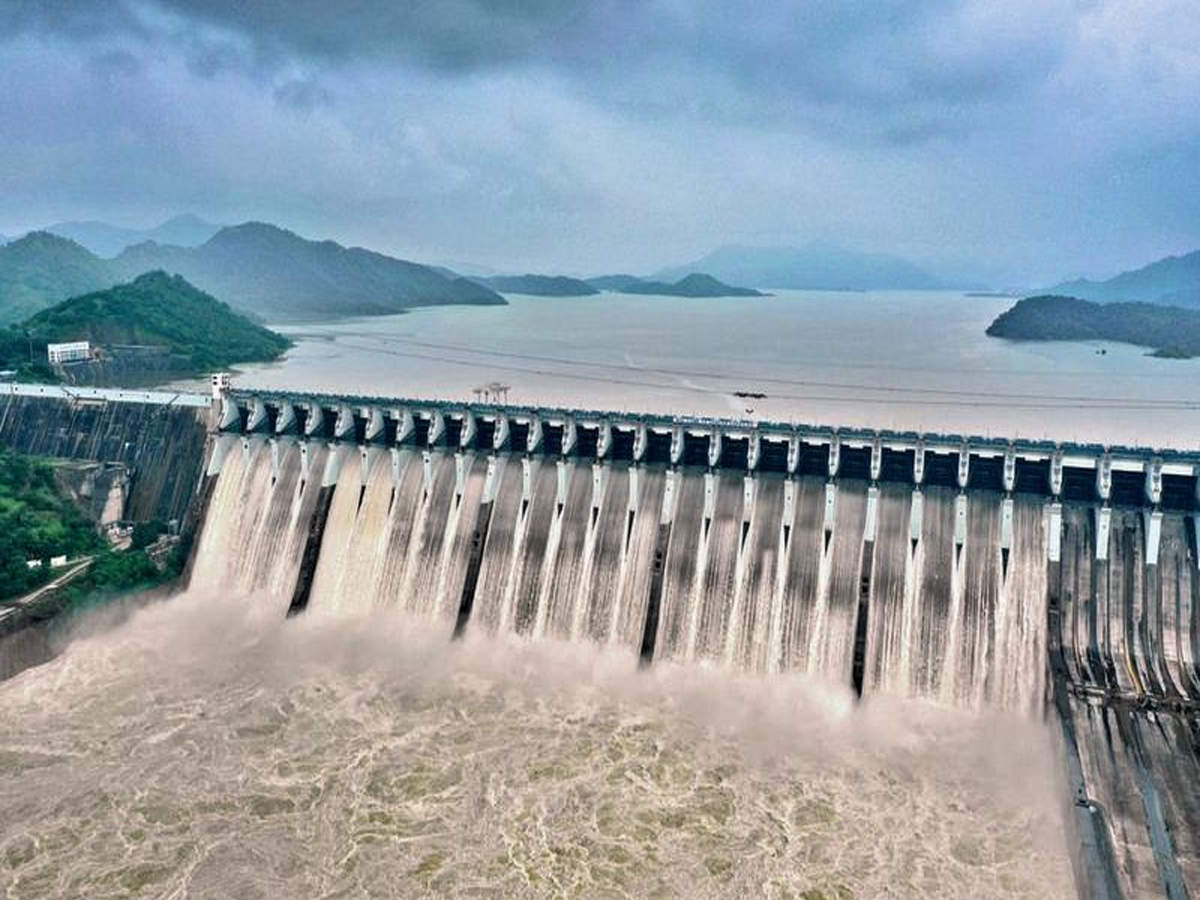Sardar Sarovar Dam
The Sardar Sarovar Dam is a concrete gravity dam situated on the Narmada River in Navagam, Narmada District, Gujarat, India, not far from the town of Kevadiya. Gujarat, Madhya Pradesh, Maharashtra, and Rajasthan are the four Indian states to whom the dam was built to supply water and energy.
Sardar Sarovar Dam is Built on Which River
The Sardar Sarovar Dam is the biggest building that will be constructed out of the 30 dams that are anticipated for the Narmada River. After the Grand Coulee Dam across the Columbia River in the United States, it is the second largest concrete dam in the world in terms of the quantity of concrete used in its construction. It is a component of the Narmada Valley Project, a sizable hydraulic engineering undertaking that calls for the building of numerous sizable irrigation and hydroelectricity multi-purpose dams on the Narmada River.
Sardar Sarovar Dam is Located in Which State
On the boundary of Gujarat and Maharashtra, in the Narmada region of Gujarat, is where the dam is situated in the village of Kevadia. The Malwa plateau in Madhya Pradesh, where the Narmada river divides the hill tracts and reaches its peak in the Mathwar hills, is to the west of the dam.
The dam is 163 metres tall and 1,210 metres long. The Sardar Sarovar reservoir can hold 0.586 million hectares of water in live storage and 0.95 million hectares of water in total. Its average length is 214 km, and its average width is 1.7 km. It covers an area of 37,000 acres.
Deccan Plateau in India States, Location and Maps
Sardar Sarovar Dam in which state on Mathwar Hills
Here are some interesting facts about Sardar Sarovar Dam:
- The Sardar Sarovar Dam is the biggest building that will be constructed out of the 30 dams that are anticipated for the Narmada River.
- After the Grand Coulee Dam across the Columbia River in the United States, the Sardar Sarovar Dam is the largest concrete dam in the world in terms of the quantity of concrete utilised in its construction.
- The Sardar Sarovar Dam is a component of the Narmada Valley Project, a sizable hydraulic engineering undertaking that calls for the building of numerous sizable irrigation and hydroelectricity multi-purpose dams on the Narmada River.
- By 2014, the Narmada Control Authority had accepted a number of alterations in the final height and the related displacement brought on by the expanded reservoir following several cases before the Supreme Court of India (1999, 2000, and 2003).
- The Sardar Sarovar Dam project will irrigate 1.9 million hectares of land, the most of it in Kutch and Saurashtra’s drought-prone regions.
- Six Francis pump-turbines with a combined output of 200 megawatts (MW) are housed in the main power plant of the Sardar Sarovar Dam, which also has pumped storage capacity.
- A power station on the main canal’s intake also has five 50MW Kaplan turbine-generators. 1,450 MW is the total installed capacity of the power facilities.
Godavari River Length, Origin, Map and Tributaries
Sardar Sarovar Dam on map
Sardar Sarovar dam on map is given below with the help of an image.

Eastern Ghats Biodiversity, Geology, States, Map and Rivers
Sardar Sarovar Dam Pictures



Where is Sardar Sarovar Dam Located -Project Details
Sardar Vallabhbhai Patel, India’s first deputy prime minister, had the idea for the project, and Jawaharlal Nehru lay the cornerstone for the Sardar Sarovar Dam. The project began in 1979 when a $200 million loan was used to expand irrigation and generate hydroelectricity as part of a development plan supported by the World Bank through the International Bank for Reconstruction and Development. The construction of the dam started in 1987, but due to worries over population displacement during the Narmada Bachao Andolan in 1995, the Supreme Court of India put a stop to the project.
According to instructions from SC, the Sardar Sarovar Dam project was restarted in 2000–2001 but with a lower height of 111 metres. This height was eventually increased to 123 metres in 2006 and 139 metres in 2017. The length of the Sardar Sarovar Dam is 1210 metres. Narendra Modi, the prime minister, opened the dam in 2017. On September 15, 2019, the water level in the Sardar Sarovar Dam finally reached its maximum capacity of 138.7 metres.
Western Ghats Biodiversity, States, Mountain and Highest Peak









 Try CUET College Predictor 2025 to Predi...
Try CUET College Predictor 2025 to Predi...
 CUET Result 2025 OUT (Today) @cuet.nta.n...
CUET Result 2025 OUT (Today) @cuet.nta.n...
 Why the Delay in CUET UG 2025 Results? C...
Why the Delay in CUET UG 2025 Results? C...









